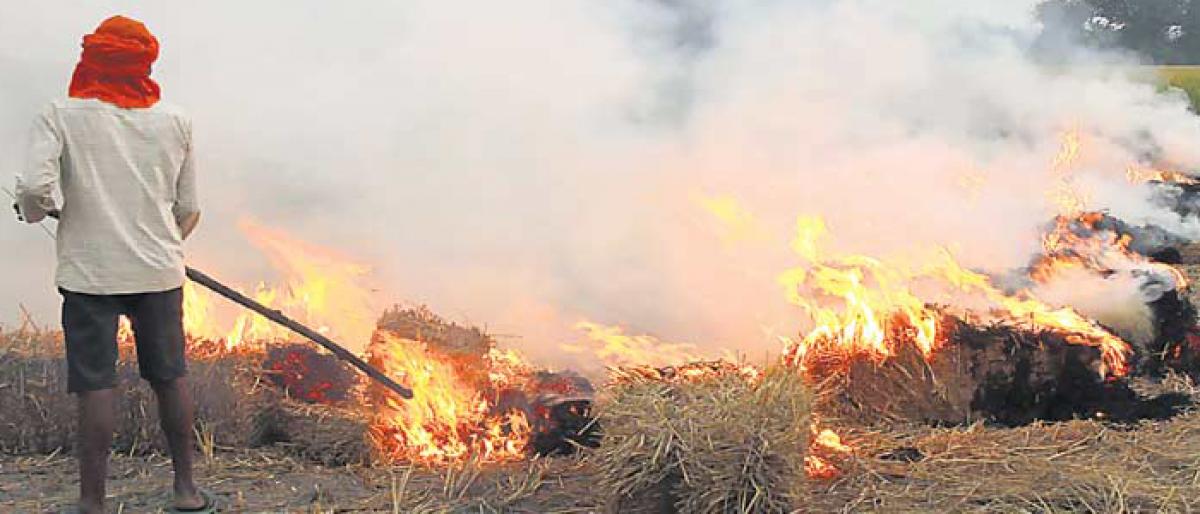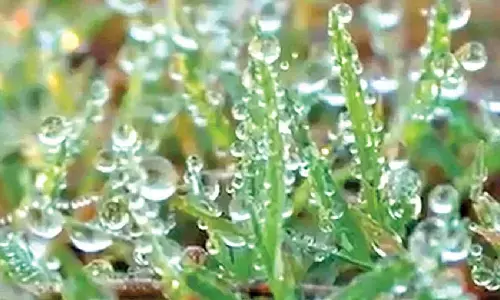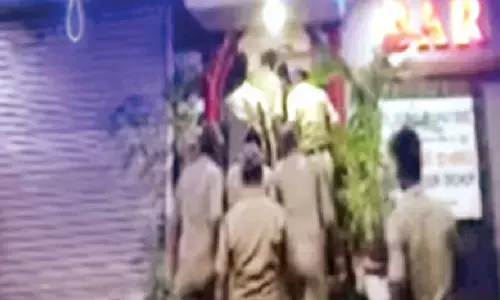Delhi air pollution : Emergency plan to kick in today

An emergency action plan will be implemented from Monday to combat air pollution that has begun to show a trend towards very poor category, the Central Pollution Control Board said
New Delhi: An emergency action plan will be implemented from Monday to combat air pollution that has begun to show a trend towards very poor category, the Central Pollution Control Board said.
Under the emergency plan called Graded Response Action Plan (GRAP), stringent actions are implemented based on the air quality of the city.
If the air quality lies in moderate to poor category- measures like stopping garbage burning in landfills and other places and enforcing all pollution control regulations in brick kilns and industries would be implemented, an official said.
If the air quality falls in the very poor category, additional measures of stopping use of diesel generator sets, enhancing parking fees 3-4 times and increasing frequency of metro and buses would be implemented, he added.
If the air quality falls in the severe category, additional measures would be implemented of increasing frequency of mechanised cleaning of roads, sprinkling of water on roads and identifying road stretches with high dust generation.
If the air quality falls to severe plus emergency category, then measures like stopping entry of trucks into Delhi (except essential commodities), stopping construction activities and appointment of task force to take decision on any additional steps, including shutting of schools, are implemented.
The measures depending upon the air quality will be implemented from Monday. Currently the air quality is in the poor category, but authorities have predicted that it would reach the 'very poor' category in the next couple of days.
In addition to GRAP, the CPCB has also deployed 41 teams across the Delhi NCR to monitor proper implementation of norms enforced to prevent pollution at the source.
Till October 11, 96 inspections were conducted by the teams across Delhi NCR and the inspections would intensify in the coming days, a senior CPCB official said.
The inspections were started by the two-member team on September 15, he added.
Meanwhile, satellite images from the NASA showed rampant stubble burning activity in Punjab and Haryana.
The NASA, on its official website, stated that burning of crop residue in Punjab and Haryana has increased significantly over the past 10 days in and near Amritsar, Ambala, Karnal, Sirsa and Hisar.
Burning of paddy straw every year during October and November and wheat straw during April in Punjab and Haryana are the major contributors of air pollution in Delhi-NCR, as the smoke travels towards the national capital.
In Delhi, it mixes with the fog and creates a toxic smoggy winter every year.
Delhi’s air quality remains poor
New Delhi: The air quality in Delhi remained poor Sunday with drop in wind speed, even as authorities predicted further fall in the air quality index of the national capital in the coming days.
The overall air quality index (AQI) recorded at 10 am Sunday was 201, which falls in the poor category, according to Centre-run System of Air Quality and Weather Forecasting and Research (SAFAR).
On Saturday, the AQI of the national capital stood at 300. According to the CPCB website, Anand Vihar recorded an AQI of 249, DTU registered 209, ITO recorded 199 and Jahangirpuri recorded an AQI of 302, which falls in the poor category.
An AQI between 0-50 is considered 'good', 51-100 'satisfactory', 101-200 'moderate', 201-300 'poor', 301-400 'very poor', and 401-500 'severe'.
Delhi's neighbouring regions of Faridabad and Gurgaon both recorded poor air quality.
The PM10 level (presence of particles with diameter less than 10 micrometres) in Delhi stood at 180 and the PM2.5 level was recorded at 91, according to the data.
Authorities have predicted further deterioration of air quality in the coming days.



















